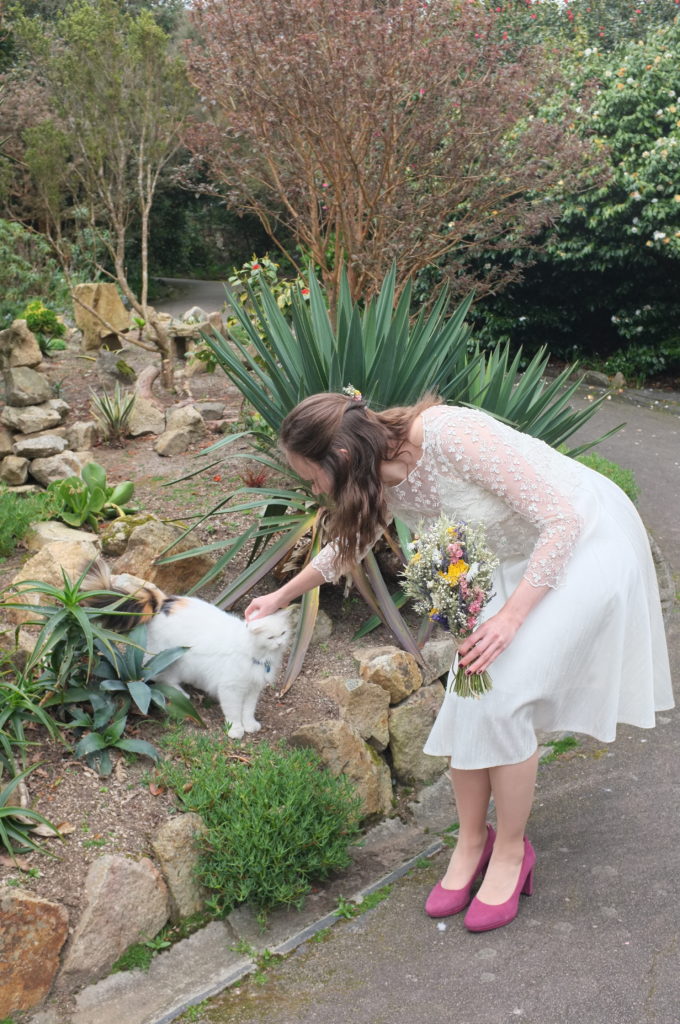 Hello again. So, it’s March but this week has been the coldest and snowiest I have ever experienced here in the UK (though today it started to warm up again). OK, for German standards this is not a lot of snow but over here it brought everything to a standstill. Which was fine with me, I enjoyed a couple of quiet days working from home, watching the snow fall. And while my sewing plans are already anticipating spring, I still have a backlog of garments I sewed up this winter and did not yet blog. Instead of writing individual posts I decided to throw them all together into a final winter outfit: a skirt (sewn up for Christmas), two turtlenecks, my winter coat (blogged here) and a self-knit hat.
Hello again. So, it’s March but this week has been the coldest and snowiest I have ever experienced here in the UK (though today it started to warm up again). OK, for German standards this is not a lot of snow but over here it brought everything to a standstill. Which was fine with me, I enjoyed a couple of quiet days working from home, watching the snow fall. And while my sewing plans are already anticipating spring, I still have a backlog of garments I sewed up this winter and did not yet blog. Instead of writing individual posts I decided to throw them all together into a final winter outfit: a skirt (sewn up for Christmas), two turtlenecks, my winter coat (blogged here) and a self-knit hat.
Just a quick note about the hat (I know you are here for the sewing). This was my first knitting projects in ages (probably 5 years) but over the Christmas break I wanted to have a project that I could pick up easily, so I decided to brush up on my knitting skills. I used the free Pome Hat pattern from Ravelry which I adjusted to add a turn-up. It’s actually a really lovely pattern. While it took me a little while to familiarise myself with the English knitting abbreviations (not sure if I ever knitted in “English” before) the hat was knit up in a couple of days. I used this Landlust Merino wool which was nice to knit up (though I’m really not an expert on wool) and is not itchy at all to wear. I really love the style of the hat. Unfortunately it’s slightly too loose (I’m a very loose knitter) so it’s not as warm as I’d hoped. Still, it was a lovely project and I’m glad to know that I have not completely forgotten how to knit.
Let’s move on to the sewing. I have the feeling that this was the winter of the turtleneck. There are now so many indie patterns featuring this style that I feel like every last person in the sewing world has made one. I have always been a fan, it’s the perfect style for someone like me who is always cold and constantly wears a scarf. I have sewn some in the past (see here and here) but I decided I could really need some more in my wardrobe. The fabrics for these two I picked up at Sewbrum in Birmingham last autumn. The blush rib knit is from Barry’s Fabric (a clearance fabric, probably viscose) and the silver green one from Guthrie & Ghani (not available anymore but they have other lovely options).
For the pattern I decided to use the Papercut Rise Turtleneck. I have made the Fall version before, which has a really cool shape but the over-cut shoulders make it difficult to layer and I was looking for a more classic cut, so Rise it was. For the blush version I made a size S. The final top is quite slouchy and the neck collapses with wear. However, is is super comfortable in this drapey rib knit and I have worn it a lot over the last few months. As expected at that price (£2/metre), the quality of the fabric is not the best and it is starting to look a little worn now. Still it’s one of the garments I reach for all the time.
For the green turtleneck I sized down by just using a larger seam allowance. It worked quite well, in particular the neck fits a lot better but I could probably size down even further. While I finished the hems with bands on the blush version, I decided to go the lazy route and leave the hems raw. On knits I am still struggling to get a nice hem, so a raw hem gives me a cleaner finish. As expected this fabric is a lot nicer quality and is holding up well so far. And the green is clearly more flattering on me than the blush which is very close to my skin tone. Still I love the other one more, I’m such a millennial!
Finally this skirt. I know what you are thinking. Did you strip a 70ies sofa to get that fabric? And I do have to agree it’s not my usual pattern and fabric choice. It’s a cotton stretch mole skin from this ebay shop here where I also got the fabric for my coat. It was super cheap and this pattern is basically a collection of all my favourite colours so it ended up in my cart. I knew it had to become a mini skirt (anything else would have been too much in that print). Realising that the new turtlenecks would go well with it, gave me the final push to actually sew it up. The shape of the pattern is loosely based on a BurdaStyle skirt (not sure anymore which one, I should file my patterns better!) and then I just played around with the darts to get the right fit. To give the fabric more body I underlined it with a sturdy polyester satin. I did not have a suitable invisible zip in my stash so I decided to use a normal one and hand-pick it for a cleaner look. The waist is finished with a gold bias binding. Originally i was planning to fold it to the inside but then Christmas was coming up and I felt it could use a little sparkle. So I left it and added a hook and eye above the zip. The hem is finished by hand.
This is quite a fun skirt to wear. The simple shape works well with the bold print and for a mini skirt it is long enough so that I can even wear it to work. I might have to make more of these, looking at my wardrobe there is clearly a lack of skirts.
So that’s it, a summary of my winter sewing. Now I really am ready for spring. I’m already dreaming up a flowy summer wardrobe in whites and blues, preferably in linen. Am I too optimistic if I start sewing now?









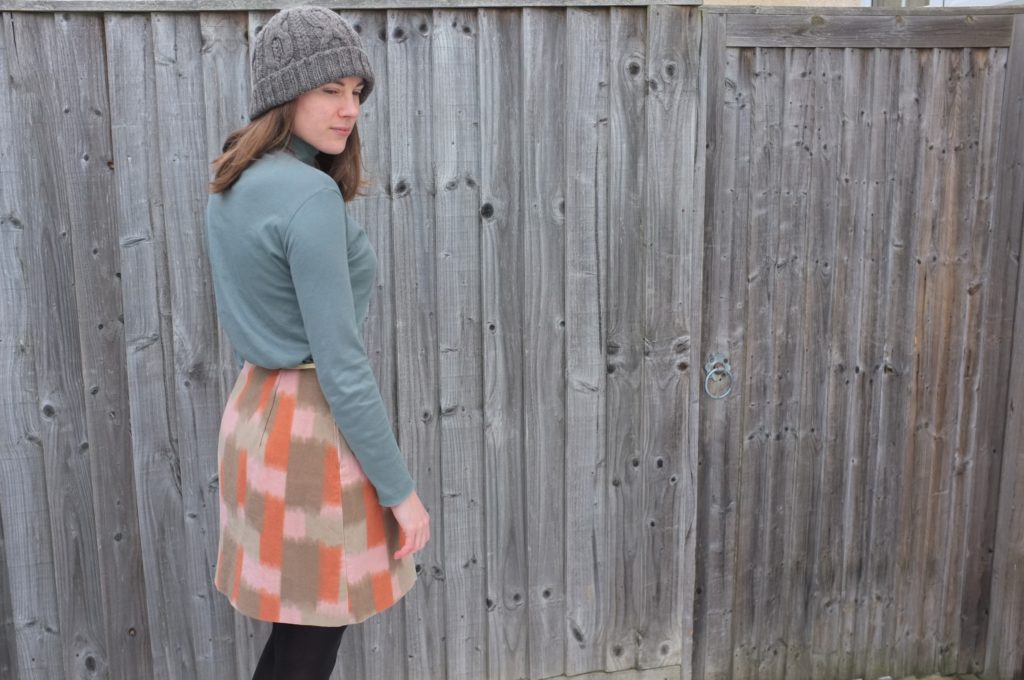



 And here a picture with me and my new friend the snow man, looking a little sad with the rising temperatures.
And here a picture with me and my new friend the snow man, looking a little sad with the rising temperatures.



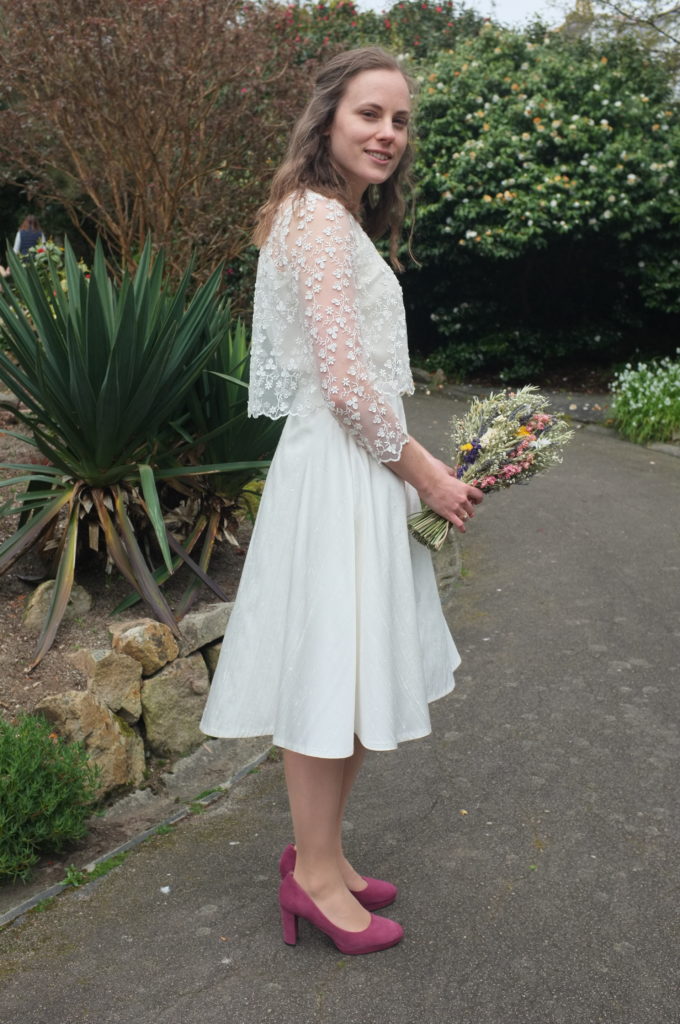



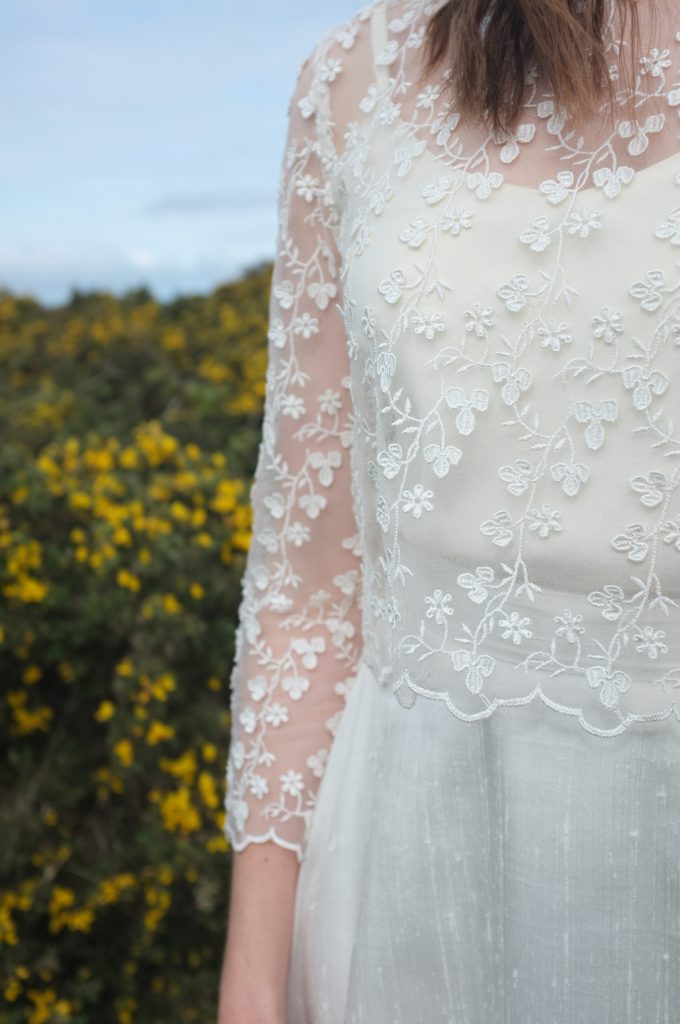

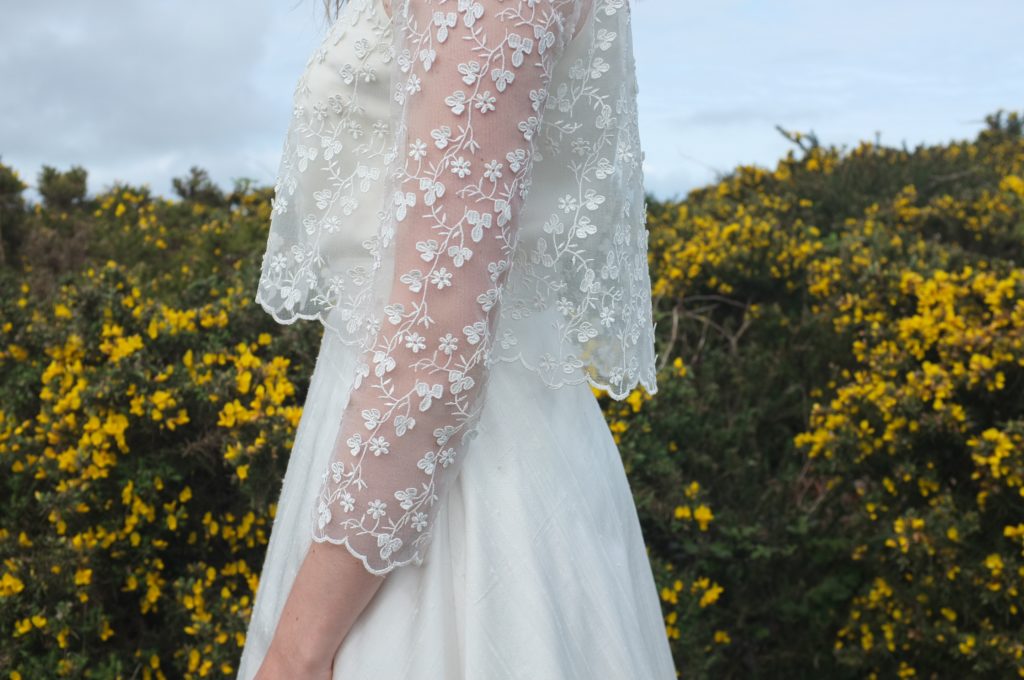

 Oh, and we had our own fluffy white wedding cat who wanted to be in all the pictures. So here is a picture of a cat. You’re welcome!
Oh, and we had our own fluffy white wedding cat who wanted to be in all the pictures. So here is a picture of a cat. You’re welcome!